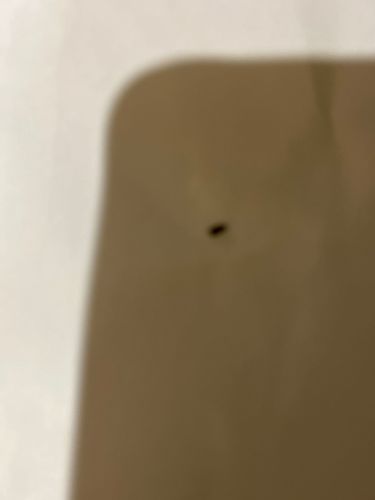Fruit Fly
Scientific Name: Drosophila melanogaster (common species, but could be other Drosophilidae)
Order & Family: Diptera, Drosophilidae
Size: 2-4 mm (adults)

Natural Habitat
Commonly found in homes, restaurants, grocery stores, and other locations where ripening or fermenting fruits and vegetables are present. They are attracted to moist environments and organic matter.
Diet & Feeding
Feeds on yeast, bacteria, and decaying organic matter found on ripe, rotting, or fermenting fruits and vegetables. They are also attracted to sugary liquids.
Behavior Patterns
Fruit flies are known for their rapid reproduction cycle, often laying eggs on the surface of fermenting produce. The larvae then feed on the decaying matter. Adults are typically seen flying around these food sources. They are active during the day.
Risks & Benefits
Potential risks include being a nuisance pest indoors and potentially contaminating food with bacteria or other microorganisms. They do not bite or sting. In research, Drosophila melanogaster serves as a significant model organism in genetics and developmental biology, providing immense benefits to scientific understanding.
Identified on: 10/30/2025